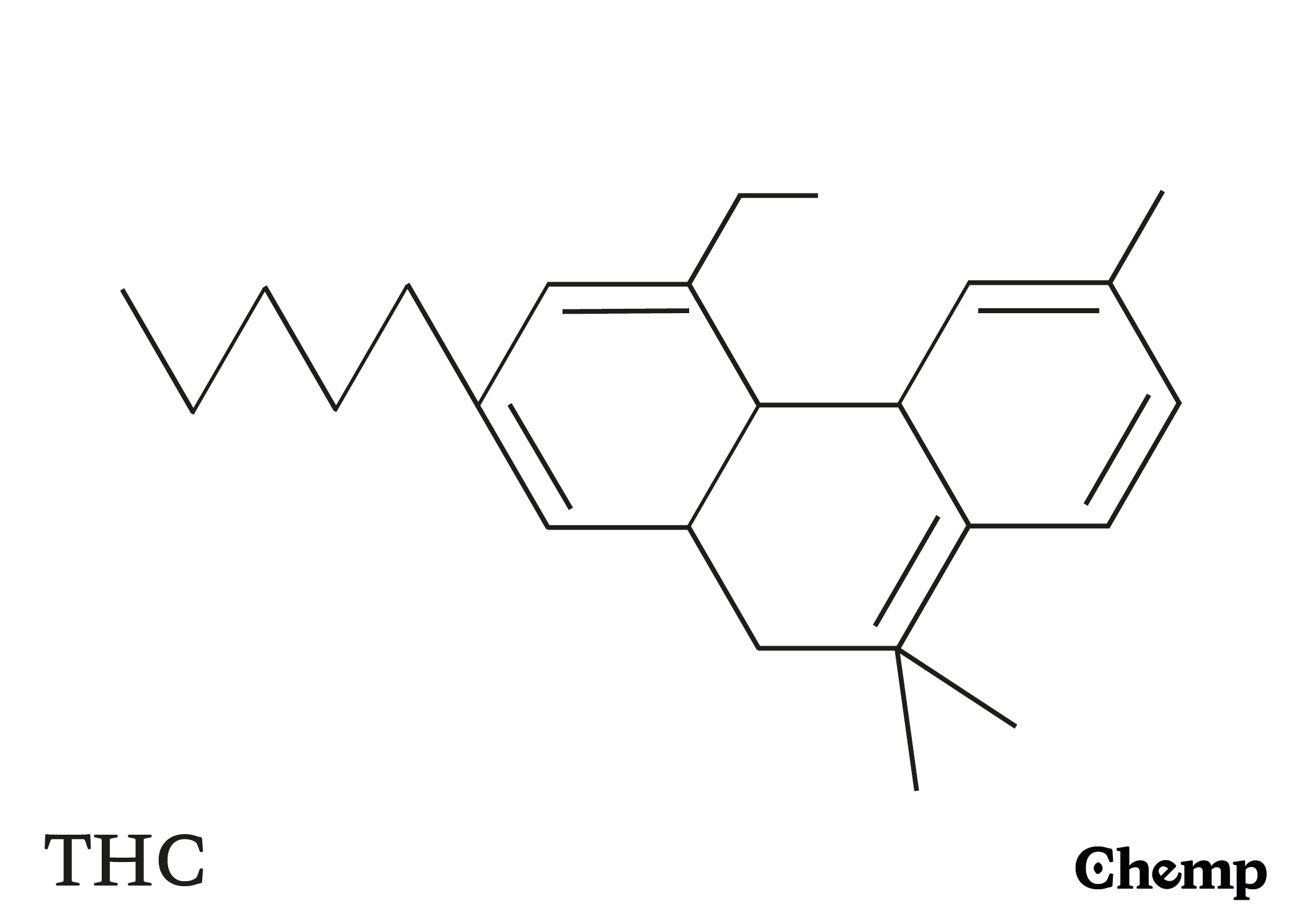Tetrahydrocannabinol

Tetrahydrocannabinol (THC)
Es wurde offiziell von Dr. Raphael Mechoulam & Yehiel Gaoni im Jahr 1964 entdeckt.
Tetrahydrocannabinol hat ein Molekulargewicht von 314,44 g/Mol.
Kommt in Cannabis als Ergebnis des Sekundärstoffwechsels natürlich vor. THC verhält sich ähnlich wie die Endocannabanoide, die im Körper in der Nähe der Neuronen vorkommen, und kann austauschbar wirken.
Anwendung:
Tetrahydrocannabinol wird seit langem in der Medizin als Analgetikum verwendet.
Gefunden in:
Cannabis
Aktuelle Publikationen:
Epilepsie-Behandlung
- Exploiting cannabinoid and vanilloid mechanisms for epilepsy treatment/
- Cannabinoids and the expanded endocannabinoid system in neurological disorders/
- Pharmacology of cannabinoids in the treatment of epilepsy/
- Therapeutic effects of cannabinoids in animal models of seizures, epilepsy, epileptogenesis, and epilepsy-related neuroprotection
Pain Relief
- Orally consumed cannabinoids provide long-lasting relief of allodynia in a mouse model of chronic neuropathic pain/ Efficacy of Cannabis-Based Medicines for Pain Management: A Systematic Review and Meta-Analysis of Randomized Controlled Trials /
- Multicenter, double-blind, randomized, placebo-controlled, parallel-group study of the efficacy, safety, and tolerability of THC:CBD extract and THC extract in patients with intractable cancer-related pain/
- A double-blind, randomized, placebo-controlled, parallel group study of THC/CBD spray in peripheral neuropathic pain treatment
Physiological Aid
- Cannabinoids for the treatment of mental disorders and symptoms of mental disorders: a systematic review and meta-analysis/
- The Effectiveness of Cannabinoids in the Treatment of Posttraumatic Stress Disorder (PTSD): A Systematic Review/
- Review of the neurological benefits of phytocannabinoids


